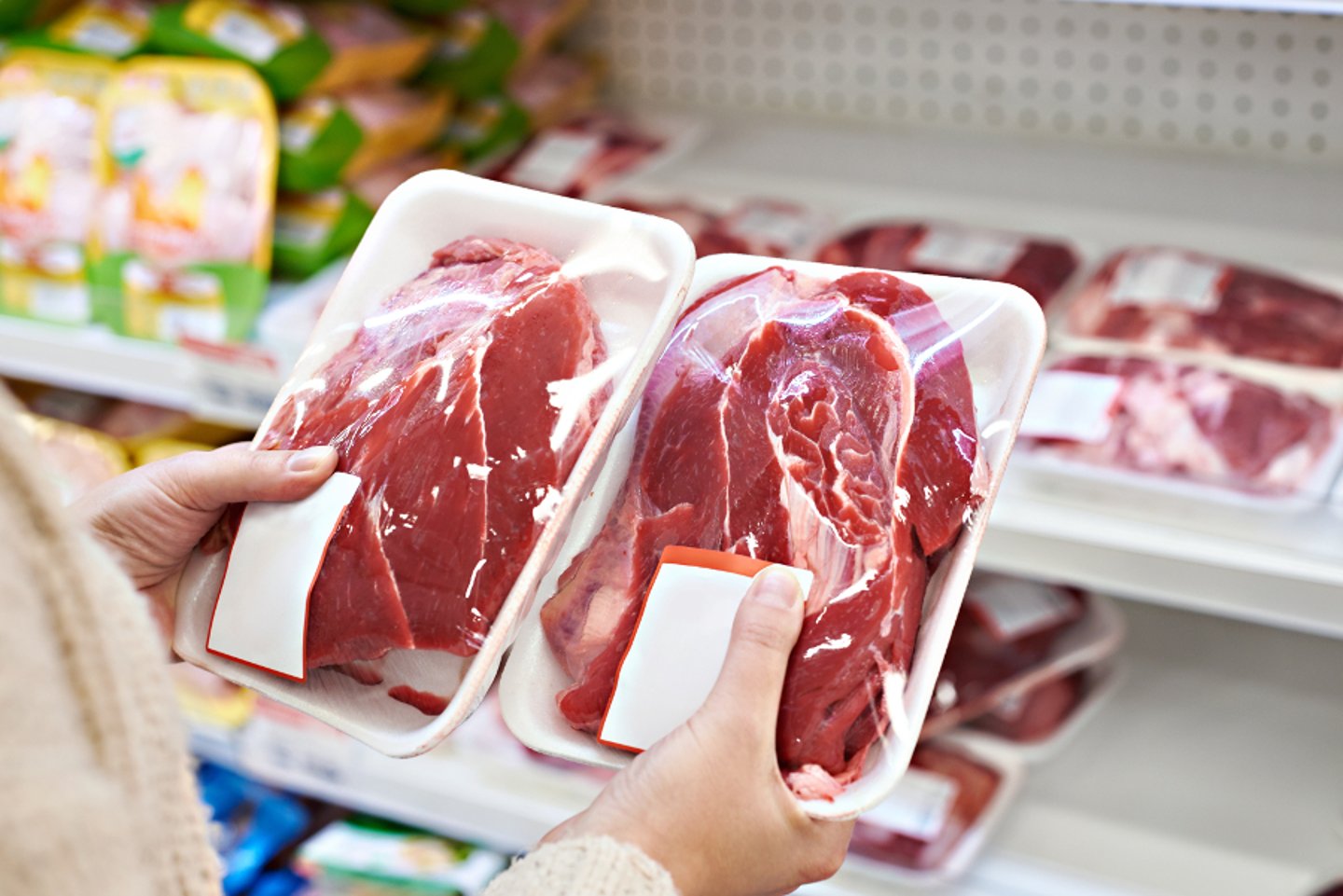Protein Trends in Meat, Meat Alternatives
Americans ate a record amount of meat and poultry in 2018, as demand remained strong, according to the U.S. Department of Agriculture. Looking at 2019, the positive trend should continue.
The latest Beef Demand Index finds that consumer demand for beef at retail has improved nearly 15 percent since 2012, and consumers are expected to eat 8.9 percent more beef in 2019 than in 2015, according to data from Chicago-based IRI/Freshlook.
“We’re expecting 2019 to be a promising year for our retail partners,” asserts David O’Diam, director of retail for the Certified Angus Beef brand, based in Wooster, Ohio. “Demand for great-tasting beef is strong, so many of our partners are looking to Certified Angus Beef Prime as a way to differentiate from competitors and wow customers with a phenomenal eating experience.” He says that the brand is also encouraging retailers to offer ground Certified Angus Beef as a high-quality option.
In addition to burgers and classic forms, many retailers are also looking to thin meats like sirloin flap and flank steak, according to O’Diam.
Channel Challenges
Looking at overall meat purchases, supermarkets remain the lead channel, and will likely continue to be the primary spot, for meat purchases in 2019, based on findings from the annual “Power of Meat” report from the North American Meat Institute. However, meat purchases at conventional supermarkets are declining slightly, as value and specialty supermarkets become more popular destinations to buy meat, according to Michael Schumpp, director of public affairs and member communications for Washington, D.C.-based North American Meat Institute.
There has also been an increased consumer willingness to buy meat online, but consumers still prefer to purchase it at retail – a trend likely to continue in 2019, Schumpp says.
Trends to Watch
While meat is poised to perform well, plant-based meat alternatives will also continue to win over consumers. In the 52 weeks ending Nov. 4, 2018, sales of plant-based meat alternatives grew 20.2 percent in both frozen and refrigerated sections across channels, up to $798.6 million, according to SPINS data. Plant-based burger subcategories ranked high on the list of fastest-growing subsets and showed impressive growth at a rate of 21.5 percent to $256.9 million.
A plant-based protein source that may develop in the marketplace over time is algae, says Jessica Hochman, natural insights and innovation research manager for Chicago-based SPINS. “Algae holds promise for both protein and essential fatty acids from a nutrition standpoint and can be produced through resource-efficient, sustainable cultivation methods,” she adds.
Another trend to keep an eye on is cultured cell-based proteins, notes Hochman. “While it’s still in very early stages – and currently too cost-prohibitive for an imminent impact on the market – cultured cell-based proteins have been a focus of a lot of investment activity and technological development recently.”







